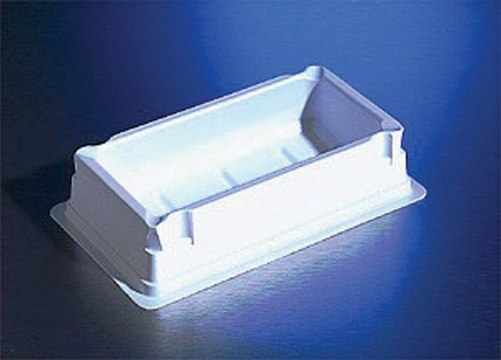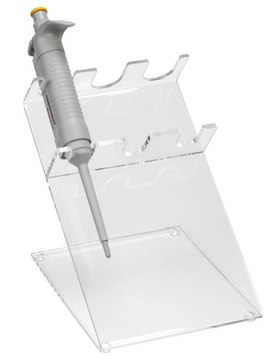I0759
Anti-Human IgM (μ-chain specific) antibody produced in goat
affinity isolated antibody, lyophilized powder
Synonyme(s) :
Anti Human IgM Antibody - Anti-Human IgM (μ-chain specific) antibody produced in goat, Anti Human Igm, Anti Human Igm Antibody, Anti-Human Igm
Sélectionner une taille de conditionnement
About This Item
57 145,00 INR
Produits recommandés
Source biologique
goat
Niveau de qualité
Conjugué
unconjugated
Forme d'anticorps
affinity isolated antibody
Type de produit anticorps
secondary antibodies
Clone
polyclonal
Forme
lyophilized powder
Technique(s)
Ouchterlony double diffusion: suitable
quantitative precipitin assay: suitable
Température de stockage
2-8°C
Modification post-traductionnelle de la cible
unmodified
Vous recherchez des produits similaires ? Visite Guide de comparaison des produits
Catégories apparentées
1 of 4
Cet article | 12018AST | 12020AST | 12021AST |
|---|---|---|---|
| matrix active group teicoplanin glycopeptide phase | matrix active group teicoplanin glycopeptide phase | matrix active group teicoplanin glycopeptide phase | matrix active group teicoplanin glycopeptide phase |
| L × I.D. 15 cm × 2.1 mm | L × I.D. 10 cm × 2.1 mm | L × I.D. 25 cm × 2.1 mm | L × I.D. 5 cm × 4.6 mm |
| separation technique chiral | separation technique chiral | separation technique chiral | separation technique chiral |
| particle size 5 μm | particle size 5 μm | particle size 5 μm | particle size 5 μm |
| pore size 100 Å | pore size 100 Å | pore size 100 Å | pore size 100 Å |
| matrix High-purity silica gel particle platform, fully porous particle | matrix High-purity silica gel particle platform, fully porous particle | matrix High-purity silica gel particle platform, fully porous particle | matrix High-purity silica gel particle platform, fully porous particle |
Description générale
Immunoglobulin M (IgM) antibodies appear early in the course of infections. IgM antibodies are responsible for agglutination of red blood cells in mis-matched blood transfusions. The level of IgM may vary with the status of disease or infection.
Anti-Human IgM (μ-chain specific) antibody is specific for human IgM with mu chain. The antibody preparation is specific for human IgM when tested against purified human IgA, IgG, IgM, Bence Jones κ and Bence Jones λ myeloma proteins.
Spécificité
Immunogène
Application
Forme physique
Reconstitution
Clause de non-responsabilité
Vous ne trouvez pas le bon produit ?
Essayez notre Outil de sélection de produits.
Code de la classe de stockage
10 - Combustible liquids
Classe de danger pour l'eau (WGK)
WGK 1
Point d'éclair (°F)
Not applicable
Point d'éclair (°C)
Not applicable
Équipement de protection individuelle
Eyeshields, Gloves, type N95 (US)
Faites votre choix parmi les versions les plus récentes :
Déjà en possession de ce produit ?
Retrouvez la documentation relative aux produits que vous avez récemment achetés dans la Bibliothèque de documents.
Notre équipe de scientifiques dispose d'une expérience dans tous les secteurs de la recherche, notamment en sciences de la vie, science des matériaux, synthèse chimique, chromatographie, analyse et dans de nombreux autres domaines..
Contacter notre Service technique











